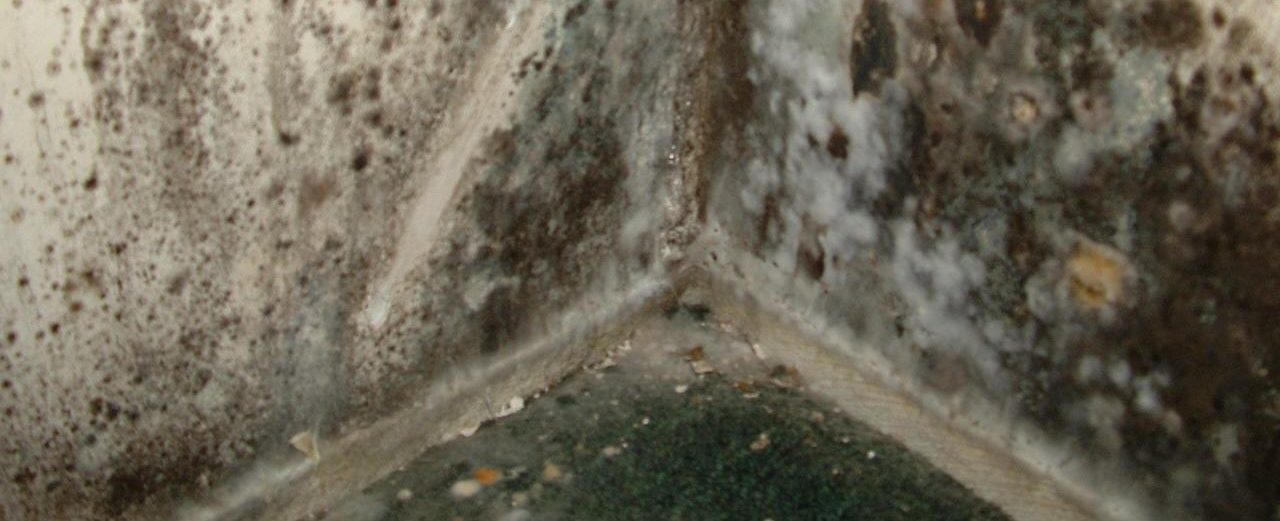So, a question that is brought up quite often is why should I use a General Abatement Contractor (GAC) to abate asbestos or lead. Here are few thoughts to consider when making the decision on how to remove the bad stuff from your property.
Just like the next person, I am always looking to complete tasks in the most efficient way possible (maybe cheapest also…). In many cases that means doing it myself. It is a lot of effort to find someone that I trust. And then to set up a with them takes up a lot of time. Also, I like to learn new skills. Doing the work myself is a good (mostly) way to learn. Not to mention the money required. Removing asbestos and lead is a risky endeavor that can result in the release of toxins into the environment. It must be done in a very controlled fashion. A general abatement contractor has the expertise to ensure that containments are properly established, work methods are appropriate, proper equipment is used and cleanup actions are completed. Proper equipment includes HEPA vacuums and negative air machines capable of collecting the asbestos fibers and lead particles. All together, these drastically reduce the risk of releasing the bad stuff into the broader area. Therefore, the people that occupy these spaces have minimal risk to exposure of these elements.
Secondly, maybe I can have the other trade worker currently onsite take care of the asbestos or lead. The trades workers are very highly skilled in the areas of their expertise. Additionally, many are experienced in identifying suspect asbestos and lead. Together this might sound like a great solution to the problem. This is something that you will want to avoid. Remember, expertise in one area does not mean that they are qualified to do work in another. Nor will they have the right equipment. No matter how similar the work may appear, there are regulations in place that are meant to keep you safe. If these regulations are not understood and followed the risk is to your health and the health of the worker.
Lastly, state regulations require a General Abatement Contractor to do the abatement work. A GAC is responsible for ensuring all workers and supervisors are properly trained and certified. These requirements are for yearly recertification. Each supervisor and worker are taught the latest tools and techniques in the industry. Additionally, the workers and supervisors undergo rigorous physicals on a yearly basis. This ensures that any changes in health are caught quickly. Also, it ensures that workers are healthy enough to wear personal protective equipment necessary to complete the abatement process. If you are wondering whether the building inspector can also abate the asbestos, the answer is no. Regulations clearly state the building inspector identifying the asbestos containing materials must be independent of the GAC. I suppose this is to remove the conflict of interest in someone identifying the material and then removing the material.
Hopefully, the previous paragraphs give you a solid idea of the reasons why using a GAC is important and will help maintain the safety of all involved. Using experts is well worth the time and effort to prevent creating a situation where the toxic material is spread into the surrounding environment.






I like how you mentioned just because someone is an expert in one area of work doesn’t mean they are expert in another or in this case asbestos identifying and removal. My brother is a really good welder and he talks about how on some of the plants that he works at they have asbestos. He says you’d never guess where it is or what it is on, so I’ll take your word for it and his word that we should just leave it to the asbestos pros to come in and remove it or identify it.